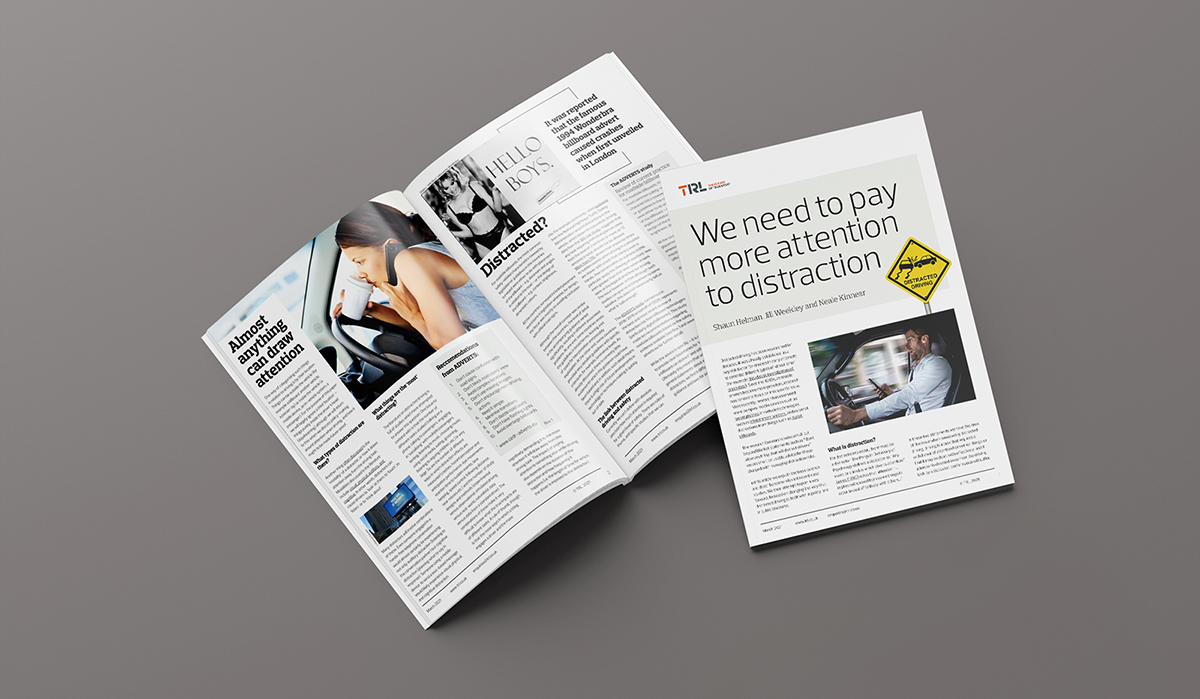Distracted driving has been researched for decades. It was already established as a key risk factor for crashes in early attempts to describe different types of ‘driver error’. Since the 1990s, as mobile phones became more prevalent, research has tended to focus on this specific issue.
More recently, research has examined more complex mobile devices such as smart phones, in-vehicle technologies such as infotainment screens, and external distractions from things such as digital billboards. The research literature is substantial, but beyond blanket statements such as “don’t allow anything that will distract drivers” we are short on usable advice for those charged with managing distraction risks.
In this article the authors explain the basic science and describe some relevant recent case studies. We then attempt to plan a way forward, focused on changing the way that distracted driving is dealt with in policy, and in public discourse.

